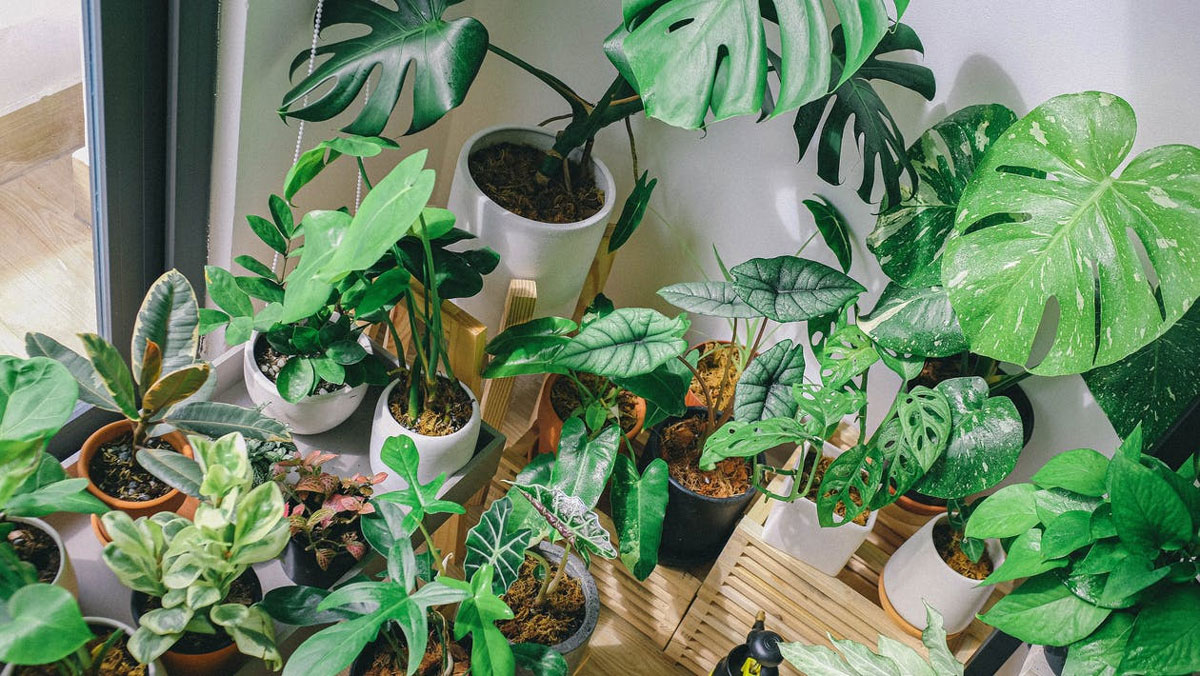The customer service team is always listening, taking notes, and quantifying complaints to ensure our products are continually improved. Due to selling directly to you, the customer, via Amazon, we can use product reviews to help us improve our existing products or help further development of new products.
7 Helpful Tips in Regulating Home Humidity During Winter
Table of Contents
Winter brings cooler temperatures and usually, it’s the time for us to bring out thicker blankets, comforters, sweaters. However, winter also brings dry air which significantly drops humidity levels in most climates.
Dry air can raise many concerns about comfort, health and cleanliness which can make your home a little less comfortable. Fortunately, there are some helpful tips in regulating home humidity during winter.
Benefits of increasing home humidity
Houses with a healthy humidity level can have a variety of benefits. Your home should have a humidity level about 45%-30%.If it’s too dry and it’s too humid, you may start to feel uncomfortable.
Get the indoor humidity levels to the average using a reliable indoor hygrometer and thermometer to have a cleaner, safer, healthier, and more comfortable environment.
Having a home with regulated humidity levels in winter provide benefits such as:
Hydrated skin
Winter season gives extremely cold temperatures that aren’t ideal for your skin and complexion. Dryness and skin irritation often happen when the humidity levels are not regulated to the average.
Prevention of common illnesses and symptoms
Dry indoor humidity may cause discomforts like sore throat, headache, and eyeball dryness. Viruses such as the flu virus and the common cold may transmit more easily when the air is too dry. Regulating the indoor humidity will reduce these risk factors.
Better control of dust
An ideal humidity level keeps the house cleaner and easier to breathe. Dust, allergens and other pollutants have more risks when you have low humidity at home.
Furniture and house preservation
Any extreme weather, especially when it drastically changes, damages furniture and reduces its durability. Wood furniture, hardwood floors, ceilings, cabinets, and even pianos need stable temperatures and humidity to prevent them from warping or cracking.
Less electrostatic shocks
Winter air creates an ideal condition for electrostatic shocks when we touch certain surfaces, so having regulated humidity at home greatly decreases the chances of that happening.

Tips in regulating humidity during winter
Regulating humidity at home during winter is an easy job, especially when you have a trusted and versatile indoor hygrometer and thermometer at home. Knowing the accurate measurements of temperature and humidity is your foundation in regulating your climate at home. Here are some helpful tips in regulating humidity during this winter season.
1. Keep your home green and leafy
Fill your doors with indoor plants to add the decor and ambiance of a home but the leafy greens at home also help regulate and purify air. Properly watered plants absorb carbon dioxide and provide oxygen which increases the moisture inside the house. Choose plants that do well indoors like palms, philodendrons and evergreens, which are great for best humidity control. Remember to water regularly or mist for extra moisture.
2. Boil water and cook using your stovetop
Use your stovetop for cooking your meals and boiling water so you can have more steam released in the air which helps in too dry humidity at home. Instead of using a microwave, just use your stove and leave lids off pots and pans to release more moisture.
3. Get a pan or a vase of water
Leave an open container of water on top of the radiators or near heating vents so the water evaporates slowly which will help humidify your room.You can use decorative vases with flowers, essential oils, citrus peels, or vanilla scent to add more pleasant aroma to your room.
4. Hang dry your laundry
You can take advantage of the moisture that comes with hanging your laundry inside your home. You can save energy costs when you line-dry your clothes and linen and improve home humidity in winter.
5. Use your shower steam and don’t immediately drain bathwater
When you take a bath or shower, some steam is released into the air, so you can use the extra stream by opening the bathroom door if possible, to let out the moisture and steam into your room or the rest of your house, of course, only if privacy allows for it. Don’t immediately drain your warm bathwater and let it sit completely to cool down before draining to maximize the benefits of added moisture.
6. Weatherproof doors and window
Preparing for the winter season includes ensuring that your doors and windows can withstand the extremely cold temperatures, and retain heat inside the house. Installing weatherproof doors and windows would help, but if these aren’t in your budget, consider using weatherstripping as an alternative and other means to seal cracks and keep you warm and cozy inside your home.
7. Check out humidifiers
One of the easiest solutions to regulate humidity at home aside from your hygrometer and thermometer is a humidifier. Getting a smaller or portable unit works in small areas such as bedrooms and living rooms to even the dry winter air inside your home.
Conclusion
Regulating humidity during winter is an achievable task, especially when you have reliable devices that help you accurately measure and monitor your humidity levels. Having regulated humidity at home during winter provides more comfort and better health, and these easy-to-do tips are just simple ways to help you improve the moisture and humidity levels indoors.
For more food and kitchen recipes, tips, recommendations, and how-tos, join ThermoPro’s newsletter and get the latest stories and exclusive deals.









